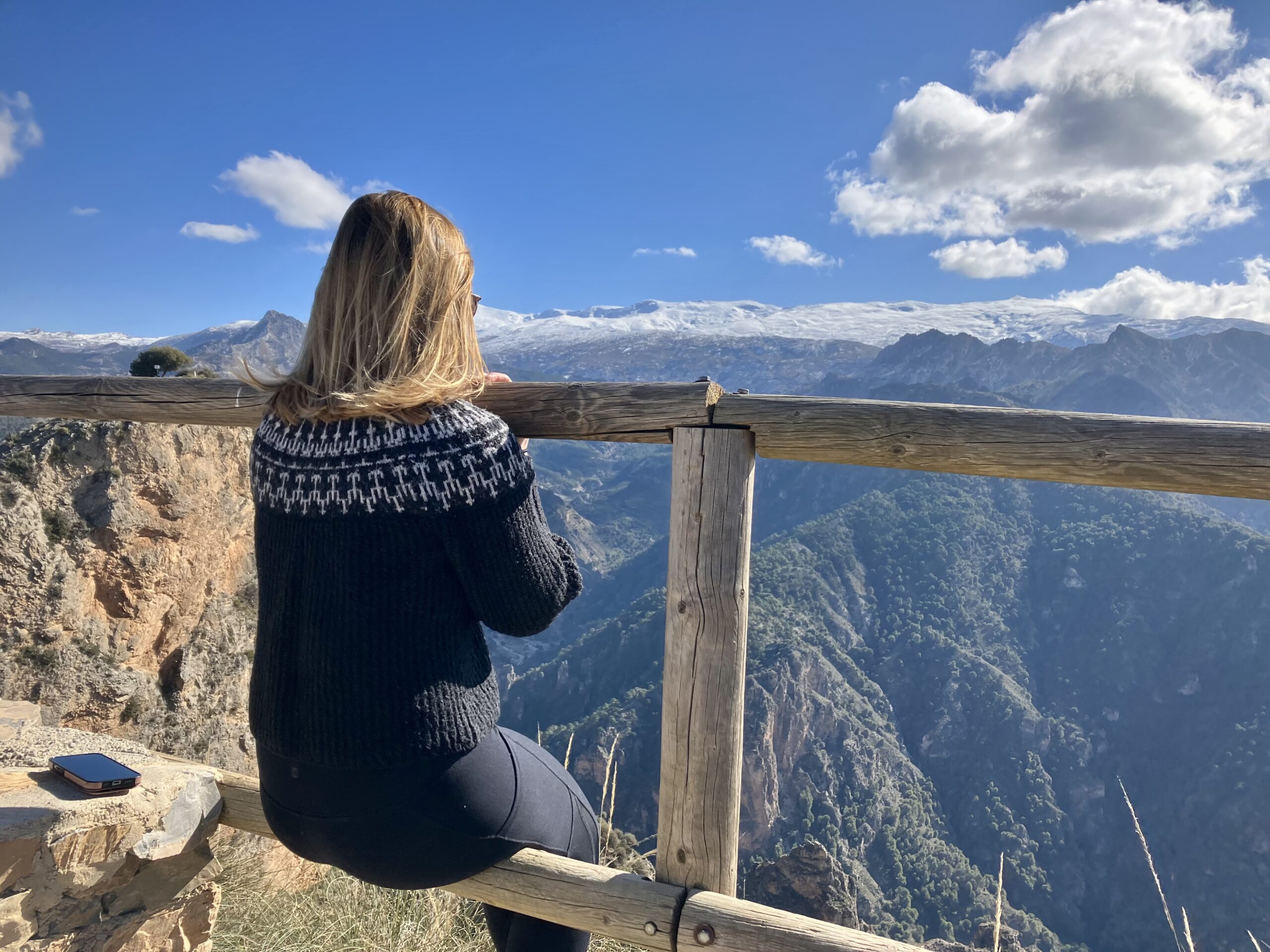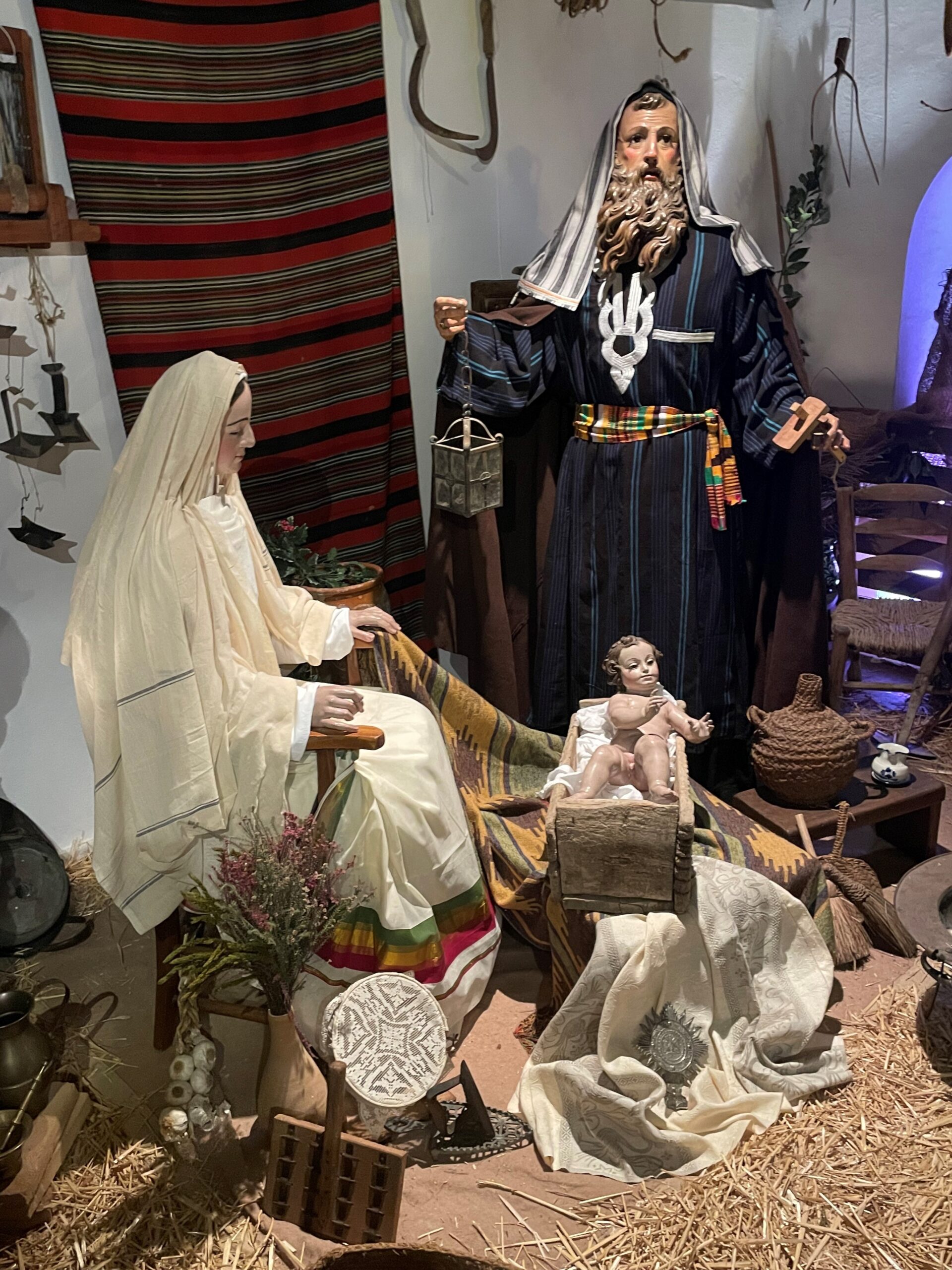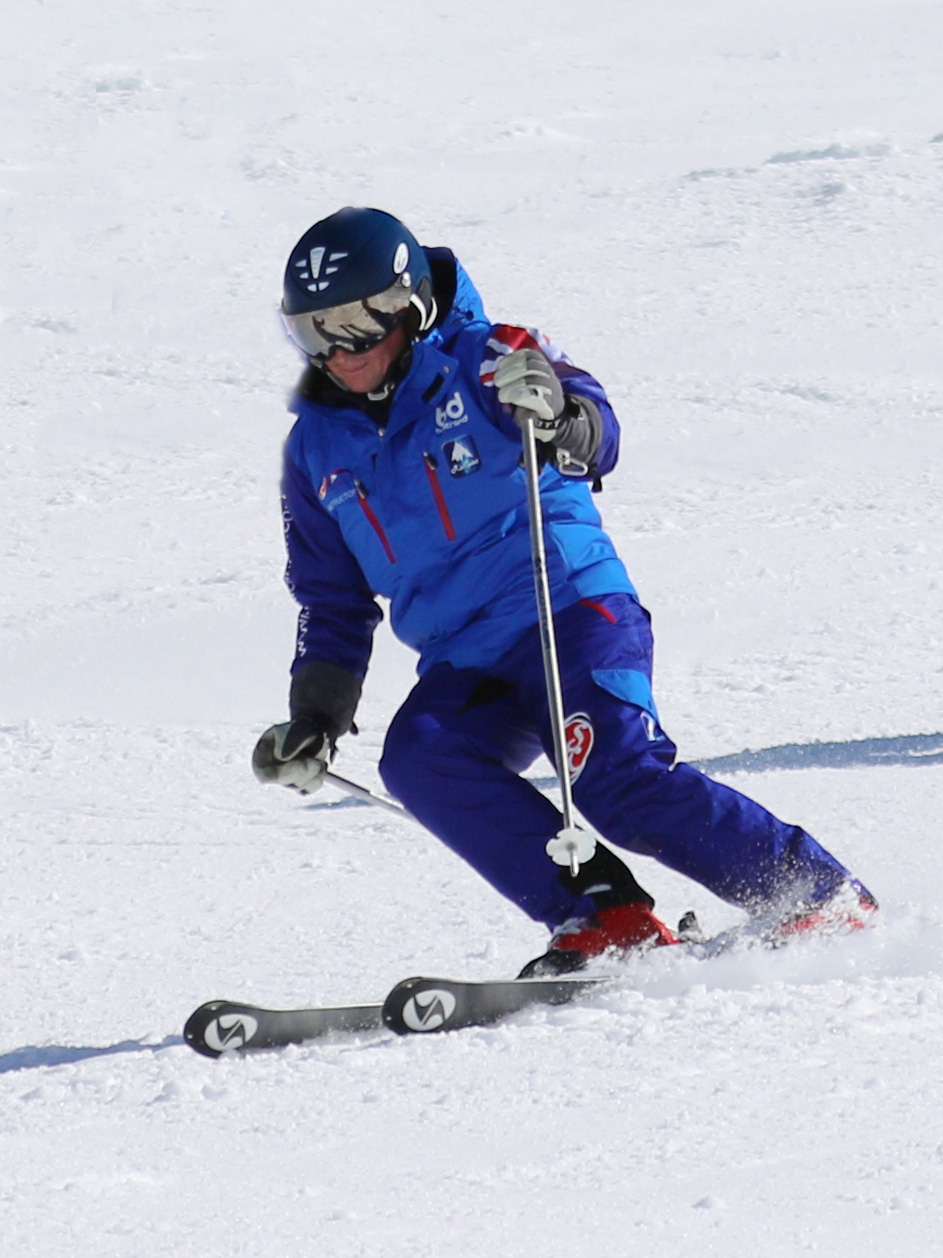Semana Santa, or Holy Week, is a significant religious and cultural event celebrated in many parts of Spain. The week leading up to Easter Sunday is a deeply religious observance, combining the solemn remembrance of Jesus Christ’s crucifixion with the joy and promise of the resurrection. In Granada, one of Andalusia’s most vibrant places to experience Holy Week, the time between Palm Sunday and Easter Sunday is marked by several processions watched by thousands of onlookers. Based on its rich history and deep Catholic traditions, in 2009, the Ministry of Tourism officially declared Granada’s Semana Santa a fiesta of international touristic importance.
PROCESSIONS
During Holy Week, elaborate processions take place throughout the city, featuring floats known as pasos depicting scenes from the Passion of Christ as well as statues of the Virgin Mary and other saints. Each rocession is organized by a brotherhood or confraternity, known as a hermandad, which is responsible for caring for the statues over the years and planning the annual procession. Many of these brotherhoods date back centuries and play a significant role in Granada’s social and cultural fabric. Here are some key processions taking place during Semana Santa in Granada.
DOMINGO DE RAMOS (PALM SUNDAY): The Holy Week celebrations kick off on March 24th, 2024, with the procession of Palms, La Borriquilla, commemorating
Jesus’ triumphal entry into Jerusalem. Participants carry palm branches, and the streets are often adorned with olive and palm leaves.
MIÉRCOLES SANTO (HOLY WEDNESDAY): One of the most eagerly awaited and colorful events is the procession of the Christ of the Gypsies, Los Gitanos. It departs from Sagrado Corazón Church on Gran Vía and winds its way through the Albaicín, ending in the Sacromonte Abbey.
JUEVES SANTO (MAUNDY THURSDAY): The beginning of the Easter Triduum launches with a must-see event, the Procession of Silence, which begins at midnight at the Church of San Pedro and Pablo on the Darro River. Participants walk in silence, without the traditional trumpets and drums, reflecting on the impending Passion of Christ. Streetlights along the route are shut off to add to the procession’s somber mood.
VIERNES SANTO (GOOD FRIDAY): Good Friday is perhaps the most solemn day of Semana Santa. Numerous processions occur that day, each focusing on different aspects of the Passion of Christ. The most renowned is the Holy Sepulchre, organized by the oldest cofradía in Granada, dating back to 1521. The day ends in Plaza Nueva with the solemn El Entierro de Cristo, the Entombment of Christ.
SÁBADO SANTO (HOLY SATURDAY): The day’s only procession starts and ends at Santa Maria Church in front of the Alhambra Palace. This event is especially significant to locals as the sculpture on display, the Virgin of
Angustias, is known as the protector of Granada. You must have a ticket to the Alhambra to see this procession pass through the monument complex.
DOMINGO DE RESURRECCIÓN OR PASCUA (EASTER SUNDAY): Semana Santa culminates with joyful celebrations, including masses and other religious observances. Three processions take place on the last day of Holy Week, the most notable being La Resurreccion.
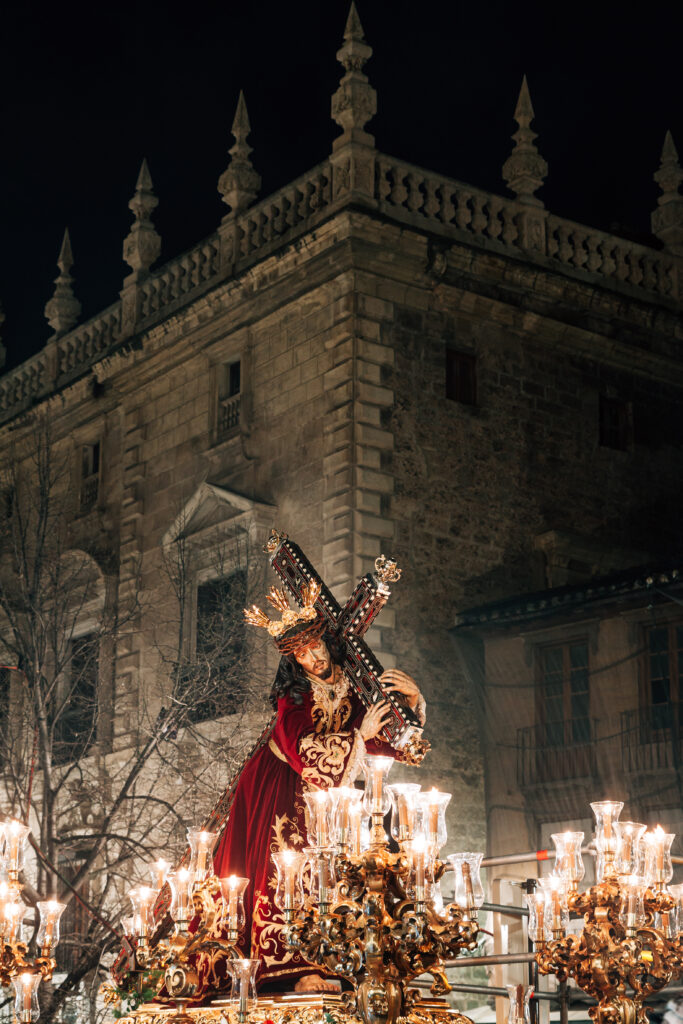
COSTUMES
The costumes worn during processions play a significant role in conveying the occasion’s spiritual solemnity.
Perhaps the most iconic figures of Semana Santa processions, nazarenos are penitents who wear long, hooded robes called capirotes, which cover their entire bodies and often obscure their faces. The color of the capirotes varies depending on the brotherhood or religious order, and common colors include black, purple and white. The purpose of the hood is to symbolize penance and anonymity, as the focus is on the act of repentance rather than the individual.
Alongside nazarenos are penitents who don simpler robes without the distinctive pointed hoods. They often carry crosses or candles, participating in the procession as a form of penance and devotion.
Costaleros carry the heavy floats, the pasos, that depict scenes from the Passion of Christ or the sorrowful Virgin Mary. Costaleros typically wear white clothing and
sometimes use a special harness or padding to support the paso’s weight on their shoulders.
Groups of women and young girls dressed in black often carrying large lit candles are a part of each procession. Their outfits, known as mantillas, include a traditional lace veil worn over the head and shoulders.
Cofrades, members of religious brotherhoods or confraternities, often wear traditional attire like capes, tunics and insignia representing their specific brotherhood.
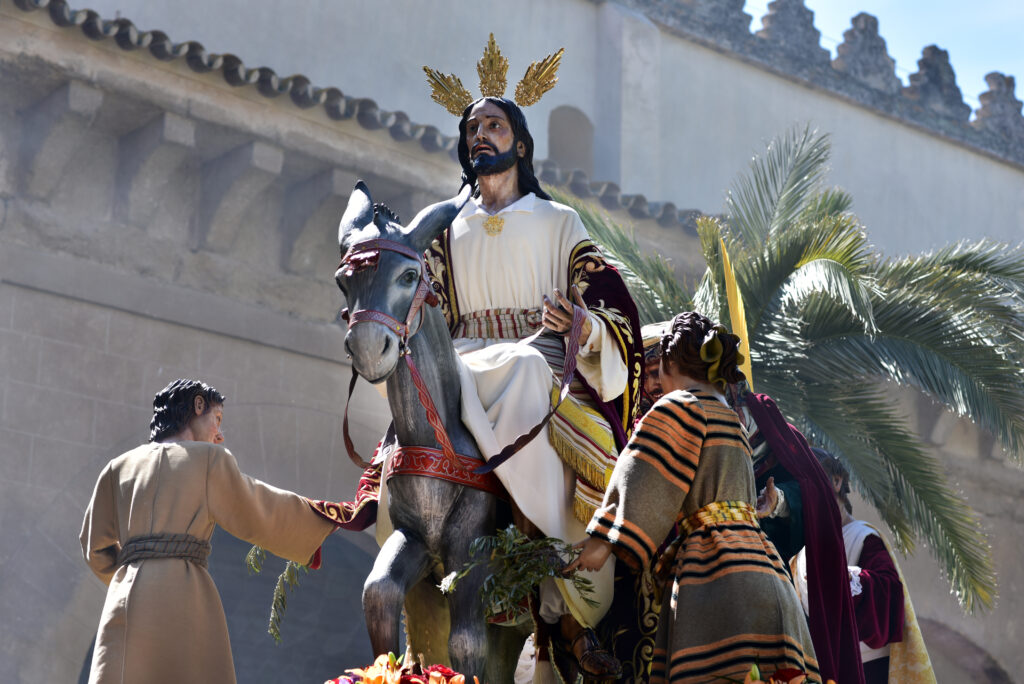
HOW TO PARTICIPATE
Local websites, newspapers and special bulletins publish the week’s schedule, including maps and times for each procession, which is helpful if you’re hoping to glimpse a particular event or learn more about its significance.
Another way to participate in Granada’s Semana Santa is simply to wander around the center and let your ears guide you. Most processions feature marching bands and are welcomed by loud, cheering crowds, making it easy to catch up with a parade. The processions move slowly—not surprising, with the weight of the pasos carried by sometimes dozens of marchers. And even though tens of thousands of spectators can line a procession’s route, it is not impossible to get a decent viewing spot, even for the most popular and coveted events. The busiest spots are on Gran Vía, Plaza de Isabel la Católica, Reyes Católicos, Puerta Real and the narrow streets leading to the Cathedral.
Most processions pass through the Cathedral, and seeing the main float adorned with statues, candles and flowers cross the enormous temple doors is truly awe-inspiring. For processions in the Albaicín and Sacromonte, people tend to line up well ahead of time due to limited space along the narrow streets. Official viewing points are set up along the parade route and in front of the Cathedral, but scoring a seat in one of the bleachers is no easy feat—most are reserved for official guests and booked years in advance.
Look out for a particular procession ritual that happens when the costaleros pause to rest. The pasos can weigh up to 2,000 kilograms and are carried by large groups of men. The costaleros, which rotate along the parade route, pause every five minutes or so to rest and partake in a well-rehearsed and coordinated ritual. Three knocks on the platform signal a time to pause, followed by another knock, indicating time to squat and lower the platform to the ground. The short break ends with another series of knocks, signaling time to jump into position, lift the platform and continue the march. Loud cheers from the crowd always reward this perfectly coordinated exercise of raising the platform back into position. The costaleros take their task seriously, and in the weeks leading up to the event, you can spot them throughout the city practicing with platforms lined with cement blocks.
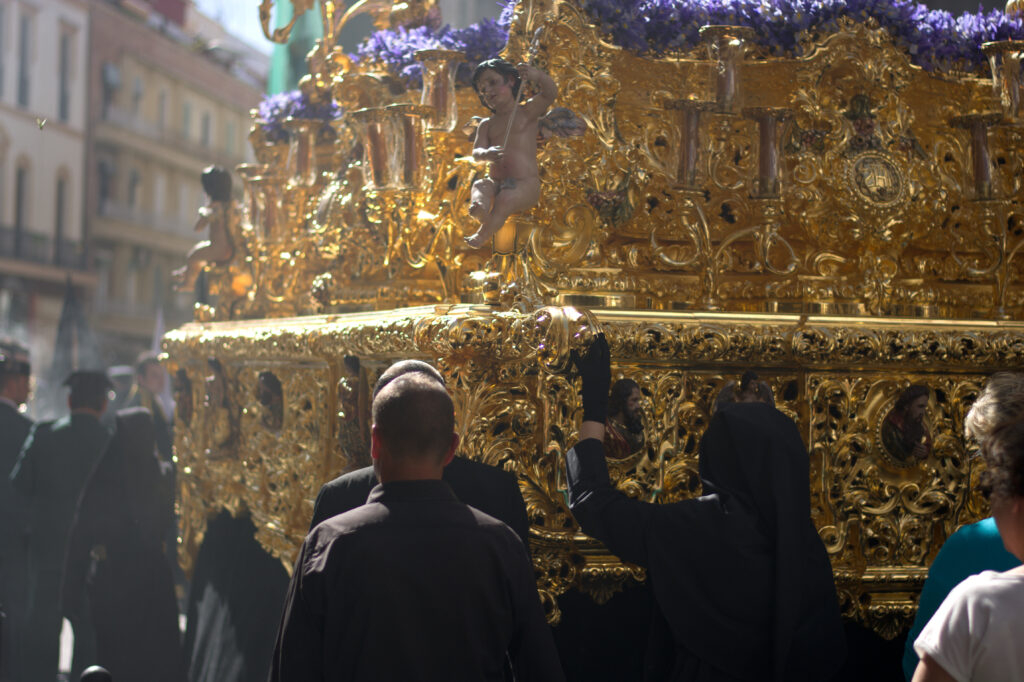
Semana Santa is a special time to be in Granada. For some, it’s an opportunity to experience a 500-year-old tradition deeply rooted in Spanish culture and history. For others, it takes on a more spiritual meaning, marking the
most important events of the Catholic calendar. Whatever your beliefs, do not miss Semana Santa celebrations if you are fortunate enough to be in Granada at this beautiful time of year.

